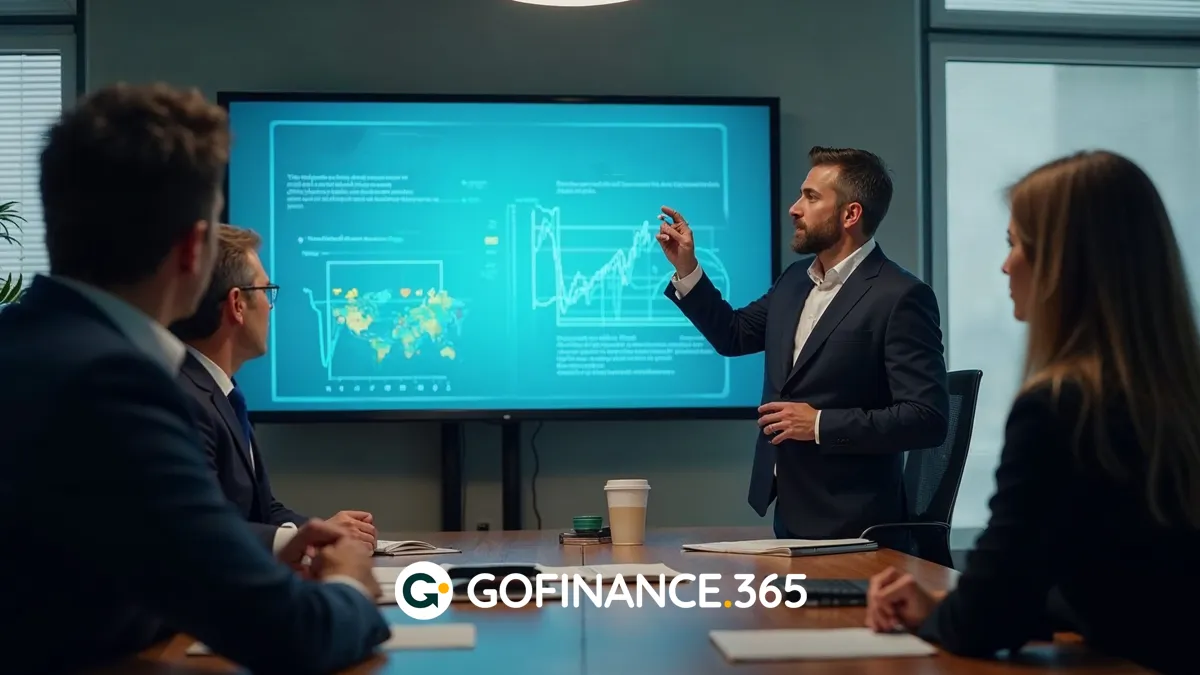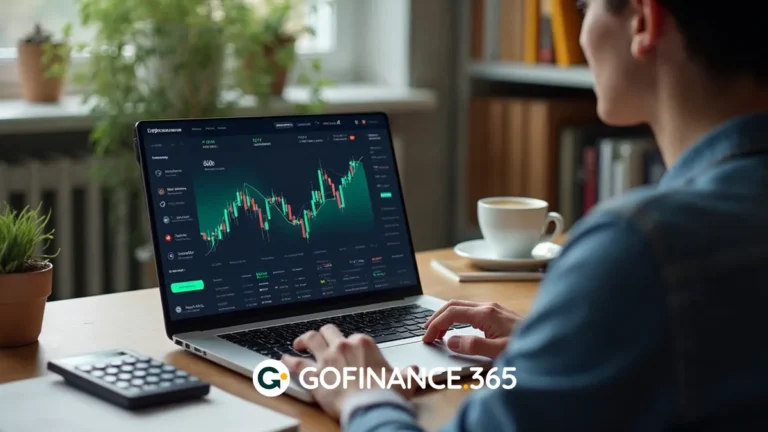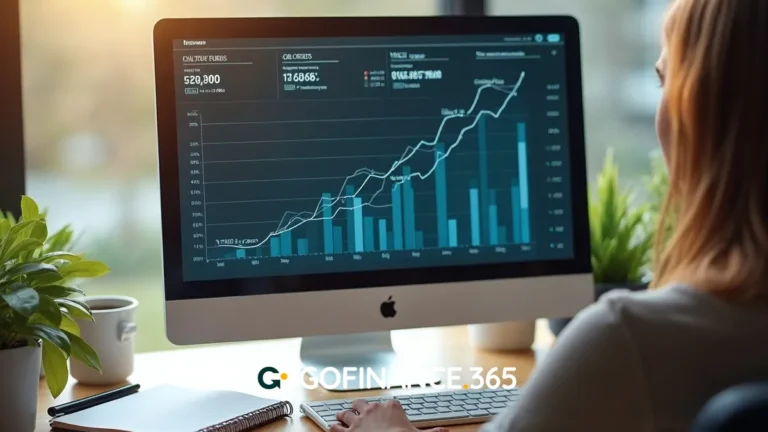Table of contents:
Have you ever wondered why the prices of everyday goods keep rising, or why the economy seems to stall even when everything costs more?
These situations have names—and they directly impact your wallet: inflation, deflation, and stagflation. Understanding the differences between these three economic phenomena is essential for making smarter financial decisions and safeguarding your purchasing power. In this guide, we’ll break down what each one means, why they happen, and how you can prepare for them. Let’s dive in.
What Is Inflation and Why Does It Happen?
Inflation is the general and sustained increase in the prices of goods and services over time. Simply put, as inflation rises, your money buys less than it did before. If your income doesn’t keep pace, your purchasing power declines. While inflation is common in most economies, if it spirals out of control, it can threaten both economic and social stability.
Common Causes of Inflation
- Rising demand: When demand exceeds supply, prices go up.
- Higher production costs: Companies pass on increased costs to consumers.
- Excess money supply: Printing money without matching it with productivity creates imbalance.
- Inflation expectations: When people expect prices to rise, they act preemptively, reinforcing inflation.
Economic and Social Consequences
- Erosion of purchasing power
- Widening inequality
- Market volatility
- Difficulty planning for the future
Types of Inflation and How They’re Measured
- Moderate inflation: Gradual and manageable price increases
- Hyperinflation: Rapid and uncontrolled price surges
- Repressed inflation: Government freezes prices artificially
The most common tool for measuring inflation is the Consumer Price Index (CPI), which tracks the price change of a typical basket of goods and services.
What Is Deflation and How Does It Differ from Inflation?
Deflation is the opposite of inflation: it refers to a general decline in prices across the economy. While falling prices might seem like good news at first, deflation often signals economic trouble. Businesses earn less, wages drop, and people delay spending—leading to further slowdown and a harmful economic spiral.
Main Causes of Deflation
- Decline in overall demand
- Oversupply with weak consumer appetite
- Increased saving out of fear or uncertainty
- Restrictive monetary policies
Negative Effects on Consumption, Employment, and Investment
- Reduced spending due to anticipation of lower prices
- Layoffs and rising unemployment
- Businesses delay or cancel investments due to low expected returns
What Is Stagflation and Why Is It So Concerning?
Stagflation is a rare and particularly troubling economic scenario where stagnant growth, high inflation, and high unemployment all occur at once. This mix makes it one of the most difficult economic challenges to resolve, as typical policy solutions often contradict each other.
Meaning of Stagflation with Historical Examples
One of the best-known examples occurred in the United States in the 1970s, during the oil crisis. The economy slowed, prices soared, and unemployment reached record highs—a textbook case of stagflation.
Why It’s Difficult to Combat with Traditional Policies
Raising interest rates curbs inflation but can also suppress growth
Stimulating the economy can boost employment but may worsen inflation
Key Differences Between Inflation, Deflation, and Stagflation
- Inflation: Prices rise, economy grows
- Deflation: Prices fall, economy contracts
- Stagflation: Prices rise while growth stalls and unemployment climbs
Comparison: Inflation vs. Deflation vs. Stagflation
Each scenario affects your personal finances differently. In times of inflation, your savings lose value, so investing in appreciating assets is often wise. During deflation, saving may seem appealing, but falling wages and job losses make it risky. In stagflation, uncertainty reigns—requiring well-balanced and diversified financial strategies.
How Each Phenomenon Affects Your Purchasing Power
- Inflation: Gradually erodes the value of your savings
- Deflation: Slows income growth and job creation
- Stagflation: Simultaneously harms jobs, consumption, and savings
Understand Economic Cycles to Improve Your Finances
Now that you understand the definitions and consequences of inflation, deflation, and stagflation, you’re better equipped to anticipate economic changes and protect your finances. These concepts aren’t just for economists—they affect your paycheck, your savings, and your ability to plan for the future.
Being informed is the first step toward financial resilience in an ever-changing world.
Frequently Asked Questions About Inflation, Deflation, and Stagflation
Let’s clear up some of the most common questions about these economic conditions. The better you understand them, the better your financial decisions will be.
Which Is More Dangerous: Inflation or Deflation?
It depends. Runaway inflation can trigger financial crises, but prolonged deflation can grind an economy to a halt by discouraging spending and investment. Both are dangerous in different ways.
Can a Country Experience Inflation and Deflation at the Same Time?
Yes, especially in different sectors. For example, you might see inflation in food prices while experiencing deflation in technology or electronics.
How Can I Prepare Financially for These Scenarios?
Diversify your income streams
Invest in assets that maintain or increase value
Keep a well-stocked emergency fund















